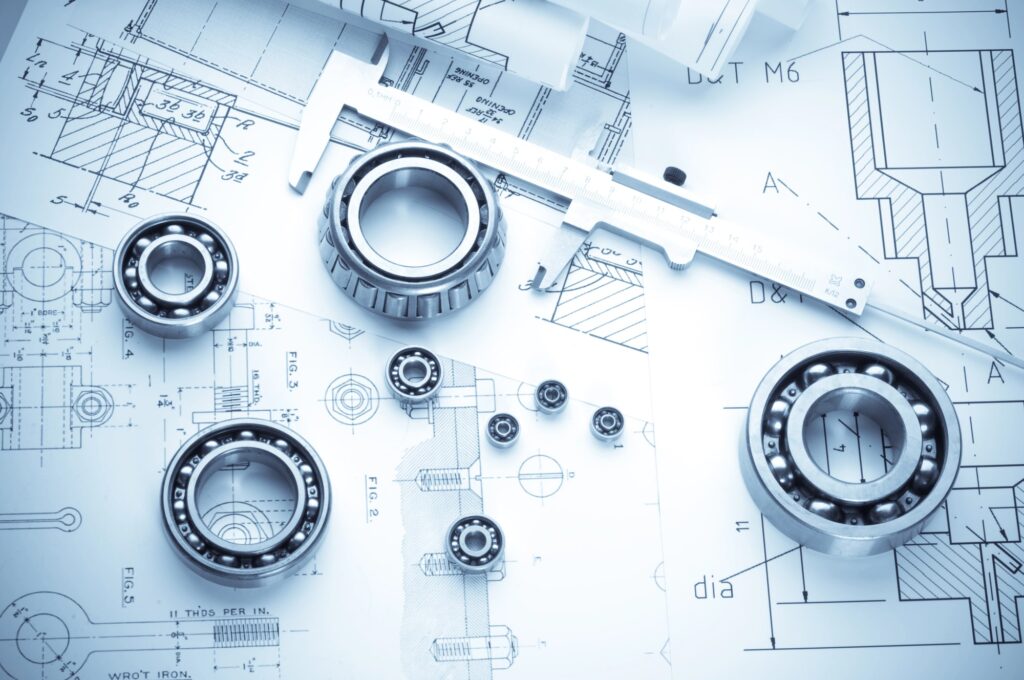This blog post reviews the community meeting in Northeast Washington, D.C. Residents shared their thoughts on the proposed design for the Washington Commanders’ new stadium and the larger mixed-use development around it.
I summarize the design, timeline, community concerns, and practical implications for neighborhoods, transportation, and housing equity. My perspective draws on experience in architecture and urban planning.
Community Feedback Shapes the Vision
The public session invited local residents to review plans by global architecture firm HKS for a nearly $4 billion stadium and a major redevelopment program. City officials, including D.C. Department of Buildings Director Brian Hanlon, emphasized that community input is essential for shaping the project.
Attendees participated through breakout sessions and digital platforms. They shared optimism and caution about the project’s benefits and impacts.
Book Your Dream Vacation Today
Flights | Hotels | Vacation Rentals | Rental Cars | Experiences
The discussion covered not just the stadium footprint but also planning and phasing for the surrounding housing, retail, and public space.
Key Concerns from Residents
Residents raised several important issues for the design team and city to address. These concerns will influence whether the project benefits the community or adds to existing challenges.
- Parking and traffic: How will game-day and daily traffic be managed to prevent spillover into adjacent neighborhoods?
- Safety: What measures will be taken to ensure public safety during events without militarizing neighborhood streets?
- Accessibility: Will the site be well served by transit and pedestrian infrastructure to reduce car dependence?
- Environmental impact: How will stormwater, heat island effects, and green space be treated in a large new development?
- Equitable investment: Can the project directly support Wards 7 and 8 and preserve neighborhood character while adding density?
Design, Timeline, and Development Details
The stadium and master plan presented by HKS include a mix of uses to keep the site active beyond game days. Plans call for 6,000 new homes (with 30% affordable), restaurants, retail, and expanded green space.
The scale and ambition reflect mixed-use principles—integrating housing, commerce, and public spaces. This aims to create ongoing economic activity.
The stadium is targeted to open in 2030. The surrounding housing and retail may not be complete until 2040.
This decade-long timeline raises questions about interim conditions, financing, and community protections during construction.
What to Watch Moving Forward
City leaders and the team should focus on turning community input into measurable outcomes. Here are some key steps to consider:
- Robust transit and mobility plan: Upgrade transit, create dedicated event routes, and develop parking strategies to prevent neighborhood spillover.
- Phased community benefits: Connect each development phase to specific investments in Wards 7 and 8 so that benefits arrive early and predictably.
- Environmental safeguards: Set high building standards, manage stormwater, and expand green spaces to reduce long-term impact.
- Design that respects context: Preserve neighborhood character with thoughtful scale, materials, and public spaces. Add density only where it fits the area.
Large projects like this are a chance to improve urban investment. Community voices must be part of binding agreements as design and approval details change.
Here is the source article for this story: DC residents weigh in on proposed design for Commanders new stadium
Book Your Dream Vacation Today
Flights | Hotels | Vacation Rentals | Rental Cars | Experiences

